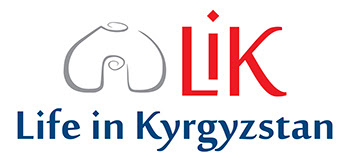Food systems in many countries are experiencing a shift from traditional foods towards processed foods high in sugar, fat and salt, but low in dietary fiber and micronutrients. There is an urgent need to better understand drivers of changing food behavior, particularly for lower- income countries. This study analyzes drivers of food choice among children and parents in rural Nepal. It uses qualitative data collected through key informant interviews and focus group discussions with school children, parents and teachers. The study reveals substantial changes in food behavior during the past decade with increased consumption of rice, meat, and highly processed snack foods while an increased consumption of fruit and vegetables is not evident. It identifies cash availability is the main driver of increased rice, meat and snack food consumption. The second driver is the 2015 Nepal earthquake, which accelerated the transition from home-grown food to purchased food as people got habituated to eating more meat and snack foods while reconstruction tripled local wages and changed the food environment. This shows how humanitarian assistance in the wake of extreme shocks can unintentionally contribute to unhealthy eating habits. An integrated school and home garden intervention appears to contribute to healthier diets.
Publication Details
- Year of Publication: 2021
- Region/s: East & South-East Asia
- Theme/s: Humanitarian Emergencies · Individual Decision-making · Shocks & Livelihoods
- Research Topic/s: Disasters & Emergencies · Food Security & Nutrition · Health
- Method/s: Cross-sectional Data Analysis
- DOI: https://isdc.org/publications/drivers-of-food-choice-among-children-and-caregivers-in-post-earthquake-nepal/
Suggested Citation
Pepijn Schreinemachers, Rachana Manandhar Shrestha, Bishal Gole, Dhruba Raj Bhattarai, Puspa Lal Ghimire, Bhishma P. Subedi, Tilman Brück, Ghassan Baliki, Ishwori P. Gautam & Christine E. Blake (2021): Drivers of Food Choice among Children and Caregivers in Post-earthquake Nepal, Ecology of Food and Nutrition, DOI: 10.1080/03670244.2021.1969925




